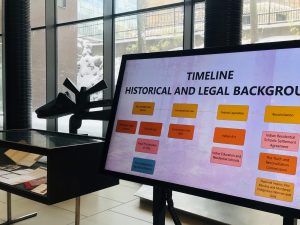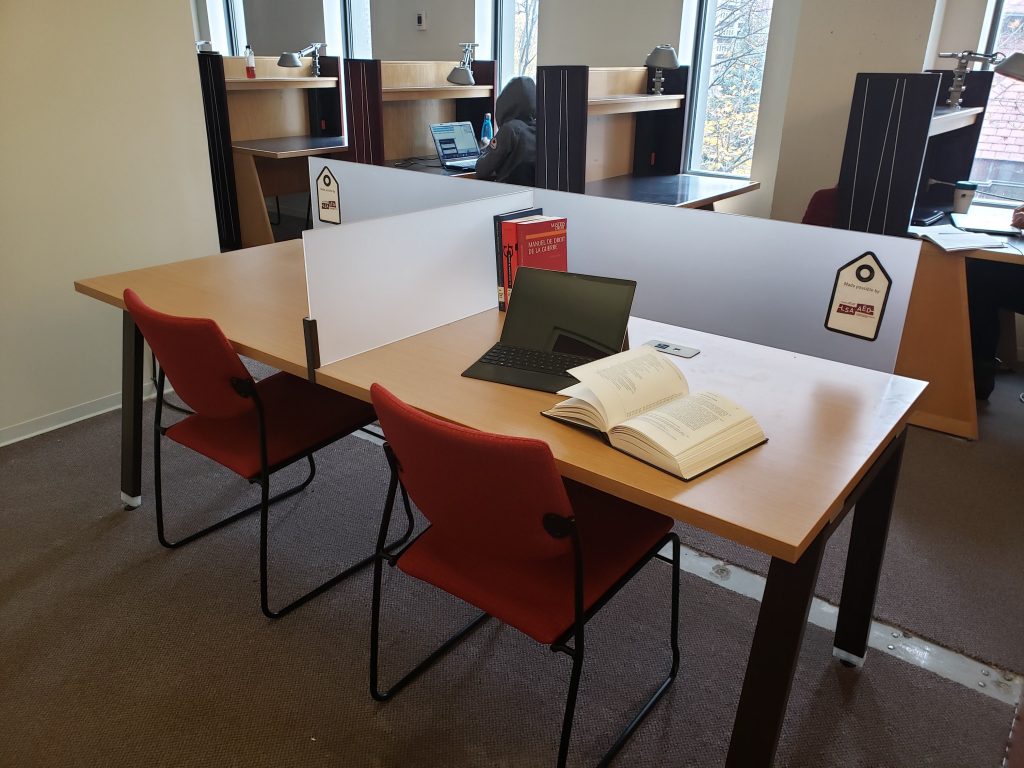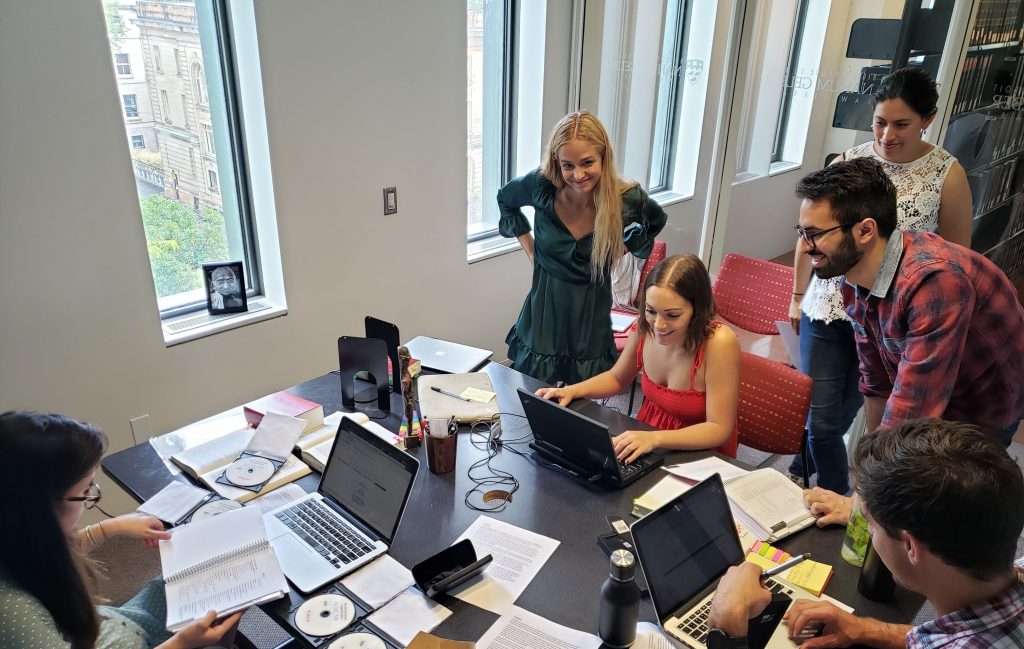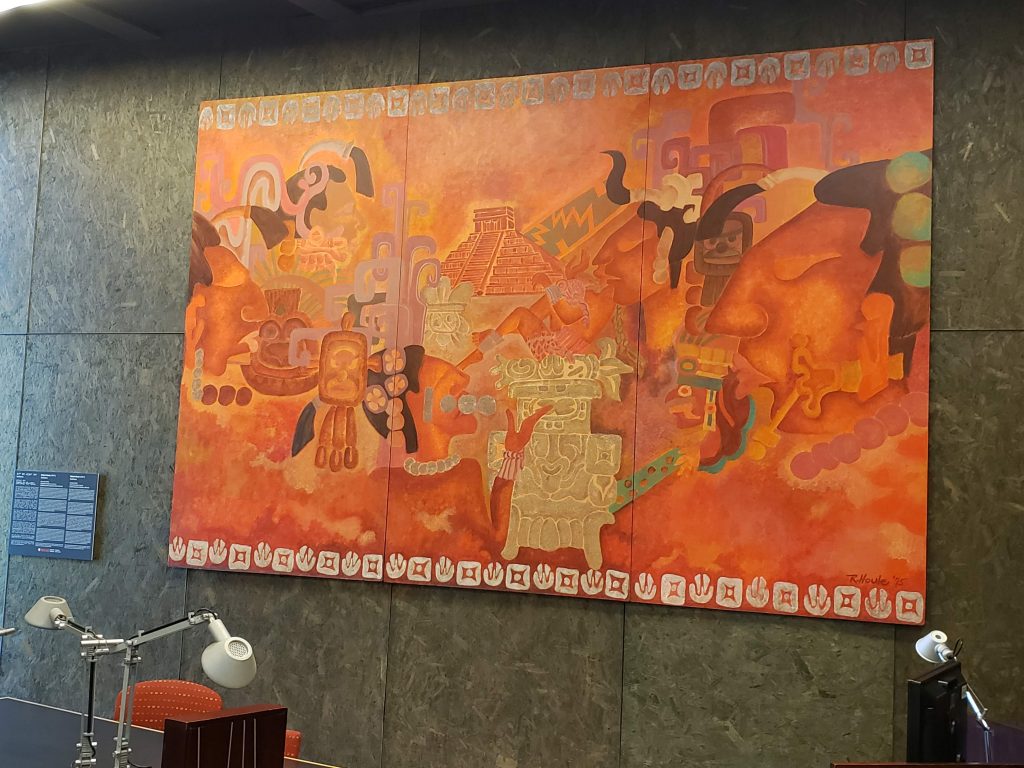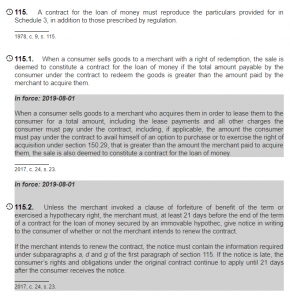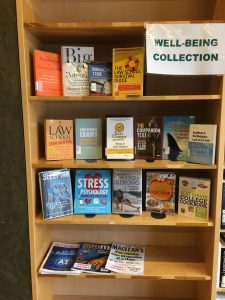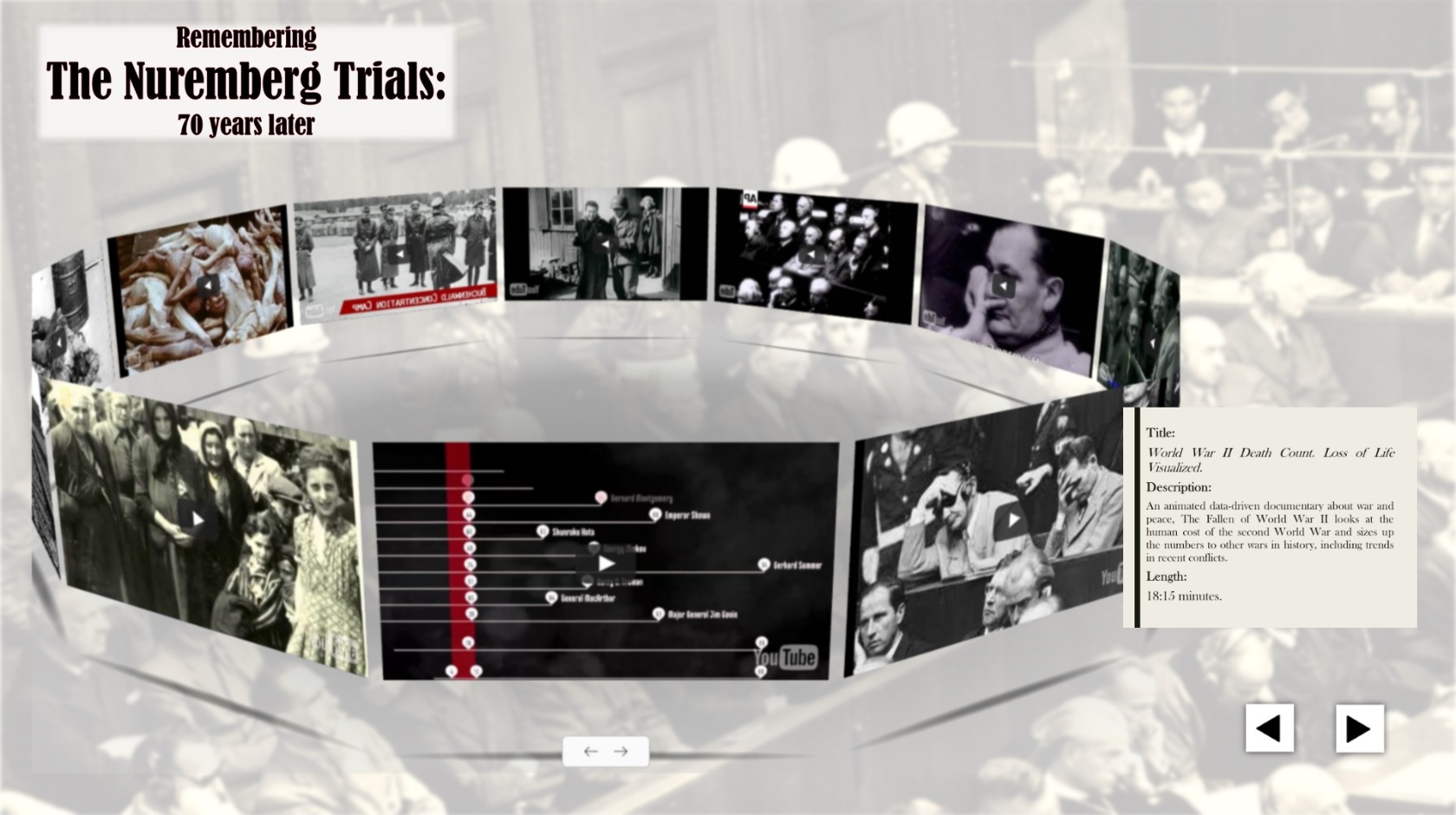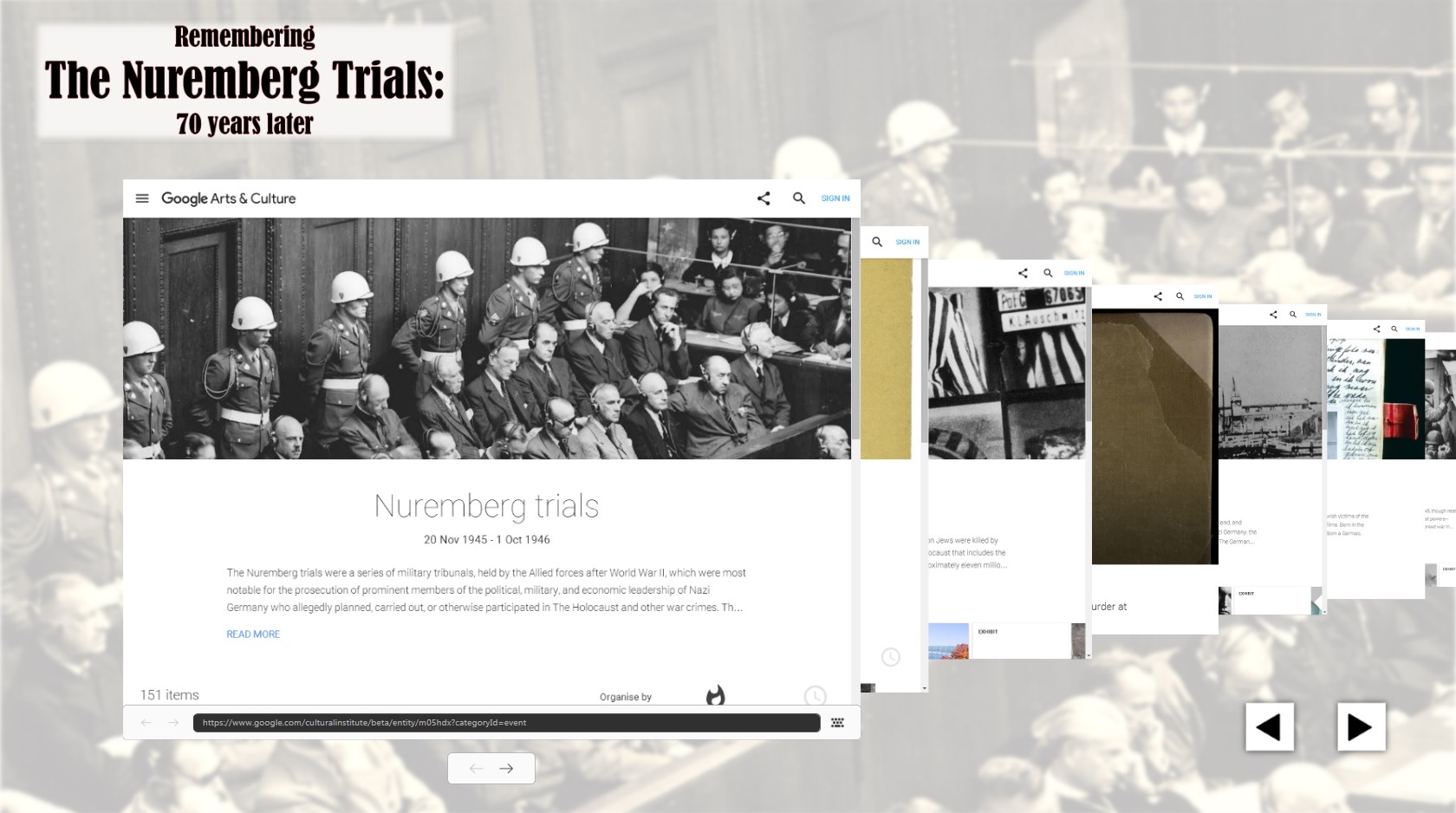Legal technology has never been more in the spotlight than it is now. In 2018, investments in legal technology companies reached US $1 billion. Then, just days into the new year, a new $200 million investment was announced in a single legal tech company, signaling yet another record year for legal tech. Once a field associated with just a handful of “pioneering” legal databases, legal tech is now a glamorous, trendy alternative legal path attracting the best and brightest law students.
So What is Legal Tech, and Why is it Relevant to Libraries?
Legal tech has been defined in a number of texts – academic and nonacademic – with no clear consensus to be found. Definitions range from the extremely narrow to the unhelpfully broad, from the practical to the theoretical. The definition that I like best comes from lawyer Christian Lang, who defines legal tech as “(1) the technology that helps facilitate the practice of law for lawyers and (2) the technology that helps consumers access legal expertise or access justice.” While in some cases technologies may benefit both user groups, so far, the vast majority of legal tech targets one or the other group.
Law librarians in academic, government, courthouse and private law libraries should be paying attention to legal technologies because they are changing the practice of law and giving law librarians greater opportunities to implicate ourselves in the delivery of legal services. In particular, legal tech has been changing the nature of the game when it comes to legal research, document drafting, document management (including contract management, IP management, and eDiscovery), and document review. While law librarians have historically only played a role in the first item listed, increasingly, we are being tasked with knowledge management and project management of legal tech initiatives in other areas of legal service.
Librarians who work in public libraries may also want to follow legal tech companies. With the well-documented problems involving access to justice, citizens often turn to public libraries for assistance related to legal matters. Public library librarians should be aware of the different legal technologies that exist and which may help users with legal problems.
Law and Technology and Applied Innovation
In February of this year, I was given the opportunity to develop and teach an intensive legal tech workshop at McGill’s Faculty of Law. The course, entitled “Law and Technology and Applied Innovation,” was one of six optional courses offered during the Faculty’s Winter Focus Week. My instructions were simply to design the course “in a way that offers more than the usual classroom format”. It was suggested that “the focus be more on hands-on student engagement with exercises designed around real-world challenges”.
Leveraging my role as liaison librarian at the Nahum Gelber Law Library, I contacted select legal research technology companies, asking for demos and access to their platforms. Canadian-founded ROSS Intelligence and Blue J Legal, along with American-based Casetext, answered my call. All three leverage the power of artificial intelligence (AI) in different ways, turning the legal research process on its head. Despite their relative unknown status across the majority of Canadian law schools, I knew that they were key players in the market: ROSS Intelligence already counts the largest global law firms among their clients, Blue J Legal counts the largest Canadian law firms and accounting firms as their clients, while Casetext counts over 35 Am Law Firms among their clients.
Students used the tools to attempt to solve legal questions, and were impressed at just how different the research process looked using these tools. Both ROSS Intelligence, which leverages the power of IBM Watson, as well as Casetext allow for natural language searches as alternatives to traditional Boolean searches, allowing users to ask legal research questions in their own words. Both platforms also allow users to narrow their search results by motion or by a particular set of facts. While ROSS Intelligence requires a user to type in this factual context, Casetext allows users to upload a document that gives context to the search; their AI-powered search engine CARA then reads the document to gain an understanding of the factual scenario, and ranks results that share this contextual background higher in the list of search results. As a competing feature, ROSS Intelligence highlights cases with a “deep match” (where the system is fairly confident the answer to your legal question can be found in that decision) or a “fact match” (cases that share a similar set of facts and deal with the same or similar legal issue). ROSS even provides custom, AI-generated answers to your question through the “generate overview” feature, pulling key sentences from the decision and developing a coherent answer to your legal question in a matter of seconds. In addition, both tools also provide a “find similar language” feature across their content, allowing users to easily find additional authorities on a point of law. Last, both offer document analysis, allowing users to import legal briefs, which the AI reads to verify the treatment of cited cases, ensuring that you or opposing counsel are not citing bad law.
Blue J Legal’s research tools, Tax Foresight, Employment Foresight and HR Foresight, by contrast, are not designed with the traditional search engine format. Rather, they are built modularly to answer specific questions, with predictive AI at their core. Users select a specific legal issue, and use one of three tools available to assist with their research: a classifier, which, after a user completes a brief questionnaire, predicts how a court would rule in a particular matter; a case finder, which retrieves cases sharing a similar fact pattern; or a navigator, which is essentially a built-out decision-tree. A machine-learning built memorandum is also produced following the use of the classifier, justifying the prediction based on the facts of the file. Unlike the other two tools, Blue J Legal uses human (lawyer)-powered tagging to avoid errors in the dataset, and will only produce a classifier if it can predict future decisions with at least 90 per cent accuracy.
Access to Justice, Changes in the Legal Profession
Interacting with these and other tools, students were invited to consider how legal tech is changing the way law is being practiced, and how technology might prove to be useful tools in increasing access to justice.
Increased efficiency and decreased research costs were recognized as significant benefits, which could translate into increased access to the legal system. However, concerns were raised about the quality of research results using an AI-search, particularly at this early stage in the development of AI research tools. The risk of a two-tiered legal system, whereby people who could not afford lawyer fees would put all their trust in the research capabilities of – essentially – a robot, potentially putting them at a disadvantage compared to individuals who can afford to pay lawyer fees, was also raised.
While students were excited about just how streamlined the research process could be, they were also concerned about loss of essential research skills among a new generation of lawyers. In particular, these research tools are all geared towards finding “the needle in the haystack,” arguably eliminating the need for lawyers to first gain an understanding about the area of law in which they are working.
Last, privacy concerns were mentioned, particularly with regards to tools like Casetext’s CARA, where documents containing sensitive information. As document analyzers become more common in AI research tools, privacy concerns will necessarily rise.
As legal tech continues to change the way law is practiced, law libraries will necessarily need to adapt. The Nahum Gelber Law Library is continuously on the lookout for new, innovative legal research tools, and is scanning the legal market to see what is being used by practicing lawyers, all to ensure that our students have the right tools to prepare them for life after law school.
Interested in legal tech and its implications? Click here to read some of the blog posts written by McGill Law students for the Law and Technology and Applied Innovation course, which were published by the Blogue du CRL of the Young Bar of Montreal.



